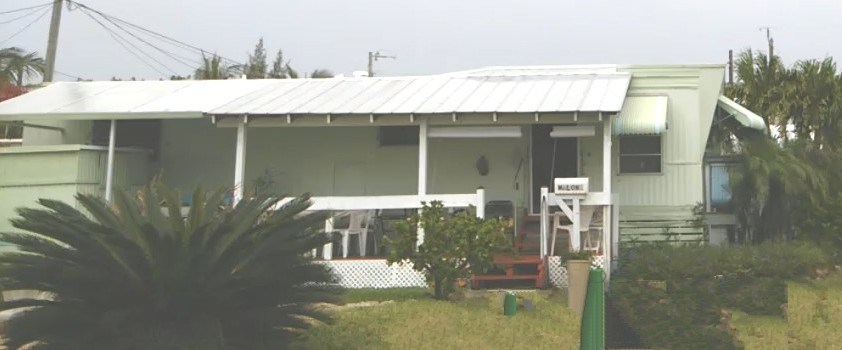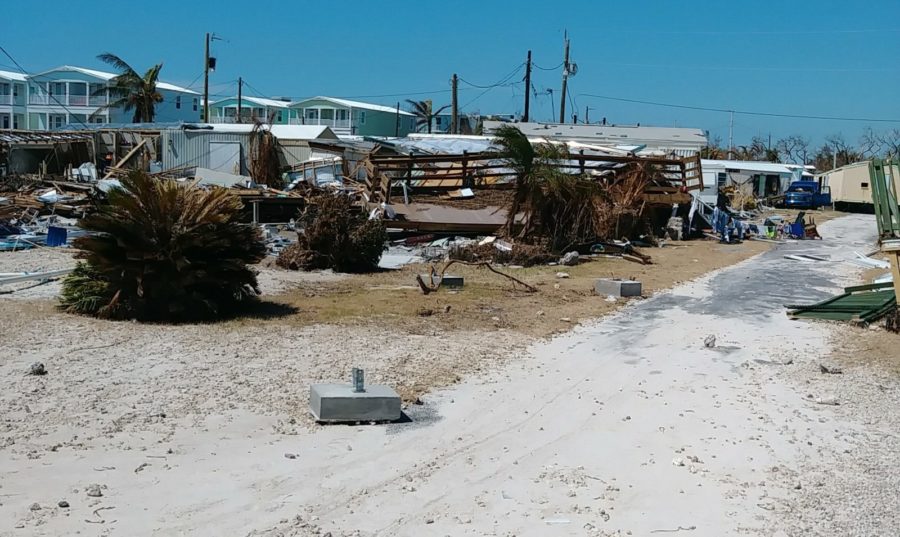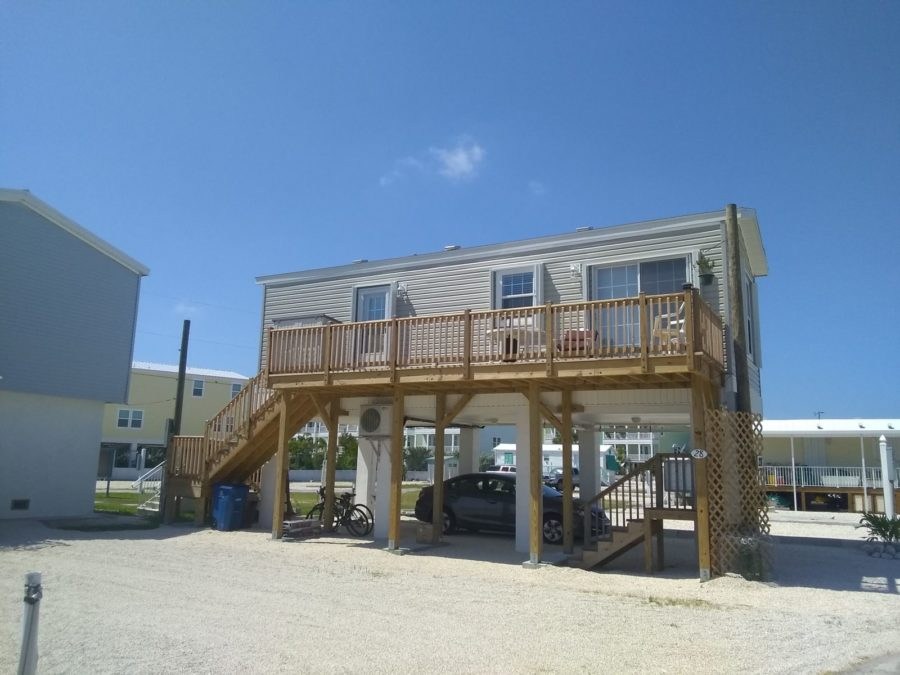When the Salvation Army opened an office on Big Pine Key after Hurricane Irma, staff hung a banner advertising its presence.
“We helped the first person get some help, and from then on there were people in there every day, all day,” said Loretta Geotis, Salvation Army’s recovery manager in the Keys.
In all, the Salvation Army helped 400 Keys families and spent $2 million directly with residents. The agency is wrapping up its work, three years after Hurricane Irma landed in Monroe County and projects are set to be complete in the next 30 days, Geotis said.
Geotis said she was touched by so many families. One woman needed a place to live, and so the Salvation Army tracked down a used travel trailer. Another family needed to leave the Keys, and she arranged moving expenses. An elderly gentleman came into the office with his grown daughter, having suffered a stroke trying to make repairs himself.
“He was in tears, and so was I, by the end of our first meeting,” said Geotis.
In the beginning, the Salvation Army concentrated on the basics. It handed out tarps and hygiene kits and vouchers for Salvation Army stores where residents could replace lost personal items, quickly. Gift cards to Sears and Kmart could be used to replace bedding and small appliances.
But then Salvation Army joined with Monroe County’s Long Term Recovery Group, a collection of agencies, all with a different type of help on offer. Geotis describes a roundtable discussion where a family’s case was presented — for example, a family of five whose home was reduced to rubble — and representatives each offered what they could. Habitat for Humanity might be able to arrange for a roof, Florida Conference of the United Methodist Church for new drywall. But the Salvation Army’s strength was the flexibility of its funding.
Hurricane Irma wiped out Carl Mazza’s Marathon home in Trailer Ranch by the Sea in Marathon. A series of unfortunate events ensued and he was beginning to think his only option was to sell a vacant lot.
“I don’t know what I would have done without Kerry Willis from the United Methodist Church and Loretta from Salvation Army. I didn’t have a clue,” said Mazza, adding that the organizations were able to help him secure financing to rebuild, as well as other essentials like restoring electricity not only to his home, but the neighborhood. “Loretta set up an account at The Home Depot and we could go get meter boxes and things like that.”
More importantly, Mazza said, was the encouragement offered by the Salvation Army.
“They believed I could do it even when I was having doubts,” he said.
The Salvation Army covered daycare costs, permit fees, and shopping lists with The Home Depot for construction materials. Each household’s assistance was capped at $15,000.
“We replaced roofs, and steps that washed away, or plumbing fixes,” Geotis said. “While other agencies were limited in the type of help they could offer, the Salvation Army was able to be more flexible. We even helped boatless liveaboards throughout the Keys — after I explained what liveaboard meant to my bosses — by buying used boats and helping cover repair costs.”
The $2 million was spent on direct assistance to homeowners and renters through payments made to contractors, materials purchases and does not include overhead expenses.
Geotis has high marks for the Monroe County Long Term Recovery Group and the Salvation Army’s role within it. One of the most memorable moments, she said, was a tiny bit of assistance rendered to a man with very humble needs.
“He was homeless. He told me how Irma swept away his ‘house’ and how he found new pallets, but needed a cover to make it waterproof. I gave him two tarps and a bag of personal hygiene items. He was so happy when he left, it was like he won the lottery,” Geotis said.
The residents of the Keys have paid the Salvation Army back in the most traditional way: by ringing the kettle bell during the Holiday Season and filling it up with money.

























